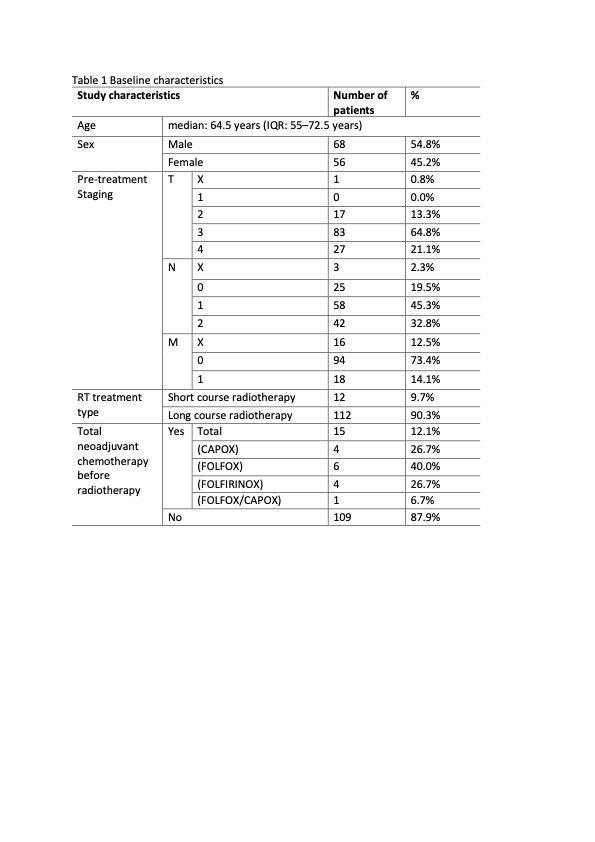Evaluating the use of planning PET in radiotherapy treatment planning for rectal cancer
Yujia Gao,
United Kingdom
PO-2326
Abstract
Evaluating the use of planning PET in radiotherapy treatment planning for rectal cancer
Authors: Yujia Gao1, Glen Blackman2, Thomas Richards2, Maria Hawkins3, Douglas Brand3
1University College London , Department of Medical Physics and Bioengineering, London, United Kingdom; 2University College London Hospitals, Oncology, London, United Kingdom; 3University College London, Department of Medical Physics and Bioengineering, London, United Kingdom
Show Affiliations
Hide Affiliations
Purpose or Objective
Radiotherapy for rectal cancer is typically contoured using clinical, endoscopic, CT and MRI data. Staging PET usage is infrequent, so a planning FDG-PET scan, examining tumour metabolic activity, might aid both staging and the contouring process. University College London Hospital (UCLH) has been using planning FDG-PET and here we examine its influence on treatment pathways. Additionally, given novel total neoadjuvant strategies, we examine planning FDG-PET activity post neoadjuvant chemotherapy.
Material and Methods
From the UCLH treatment planning system (TPS), 327 consecutive rectal adenocarcinoma patients were identified (radiotherapy dates: 13/02/2015–20/04/2022). Those who underwent planning FDG-PET prior to long (45–53.2Gy in 25–28 fractions, n=112) or short (25–30Gy in 5 fractions, n=12) course radical neoadjuvant rectal radiotherapy without staging FDG-PET were included (n=124). Patient demographics, disease characteristics and radiation treatment parameters were retrieved from health records and the TPS. We hypothesised firstly that planning FDG-PET would alter 20% of patients' treatment pathways: change of radical intent or new metastases. Secondly, that neoadjuvant chemotherapy, prior to radiotherapy, might cause zero biological activity on planning FDG-PET.
Results
Baseline characteristics are summarized in Table 1. The cancer pathway was altered in four patients (4/124, 3.2%, 95%CI: 1.3–8.0%) due to previously unknown metastases on planning FDG-PET (liver metastases, n=4). This was statistically significantly less than the hypothed 20% treatment pathway alteration rate (proportion z-test, p<0.001). Regarding FDG-PET scans with zero biological activity, this occurred in zero (0/109, 0%) patients without neoadjuvant chemotherapy and two (2/15, 13.3%, 95%CI: 3.7–38%) who received it (Fisher’s Exact, p=0.014).

Conclusion
At our centre, planning FDG-PET scans have unexpected findings, altering treatment strategy, in a low number of patients. With regards to patients having total neoadjuvant therapy, zero FDG-PET activity was observed more frequently than those not receiving neoadjuvant chemotherapy, although the rate was still low.